Hanoi's Hidden Gems: A Cultural Odyssey
Embark on a captivating journey through Hanoi's vibrant history and culture on this free walking tour, revealing the city's enchanting secrets and stories.
Time
3 Hours
Stops
9 Places
Distance
8.5 km
Hoan Kiem Lake (Hoàn Kiếm Lake)
Start your journey at the heart of Hanoi with Hoan Kiem Lake, a serene spot steeped in legend and surrounded by bustling city life.
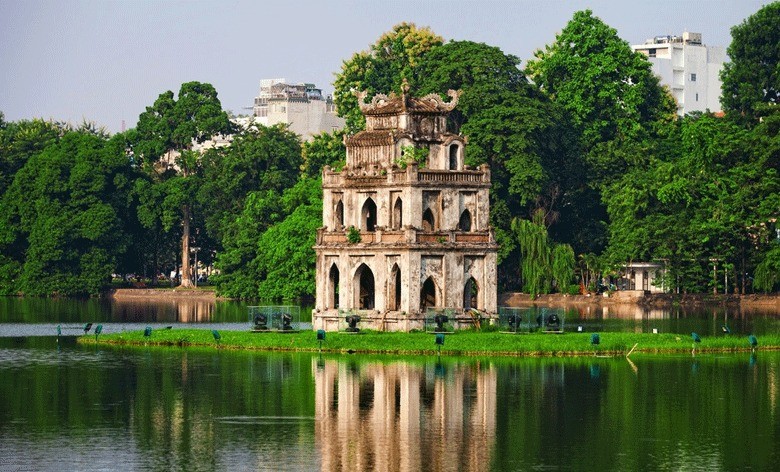
Hoan Kiem Lake (Hoàn Kiếm Lake) (Source: Google Maps)
Ngoc Son Temple (Temple of the Jade Mountain)
Located on a small island in Hoan Kiem Lake, this historic temple offers a glimpse into Hanoi's spiritual heritage.
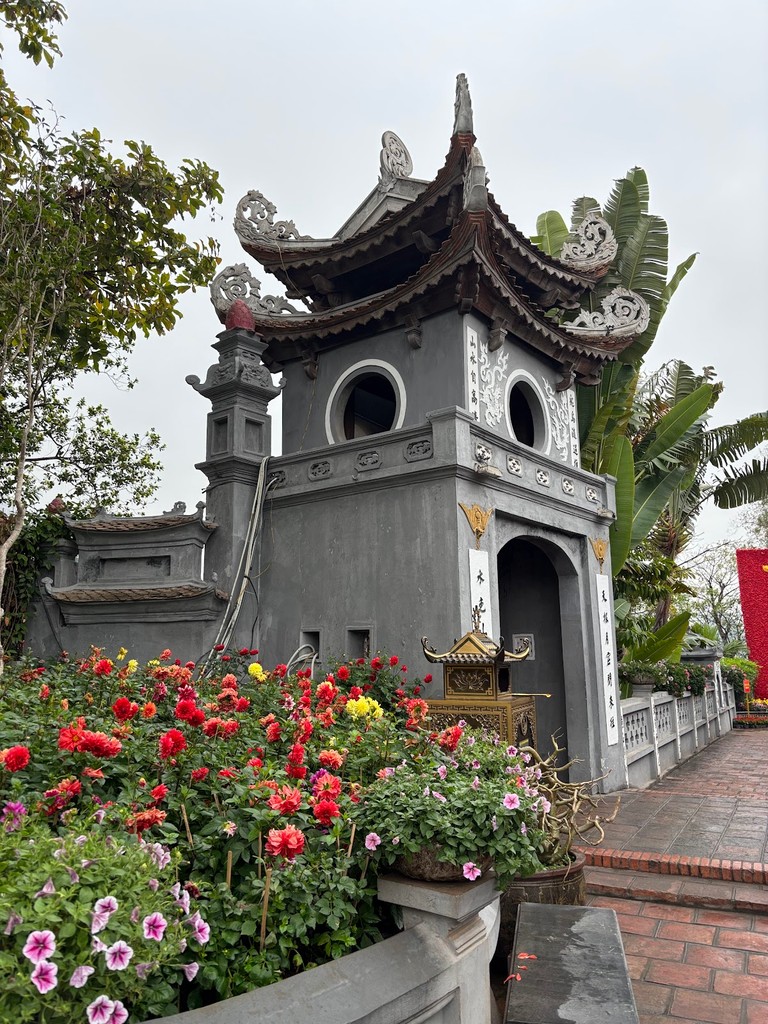
Ngoc Son Temple (Temple of the Jade Mountain) (Source: Google Maps)
Hanoi Opera House
A beautiful example of French colonial architecture, the Hanoi Opera House is a symbol of cultural and artistic significance in the city.
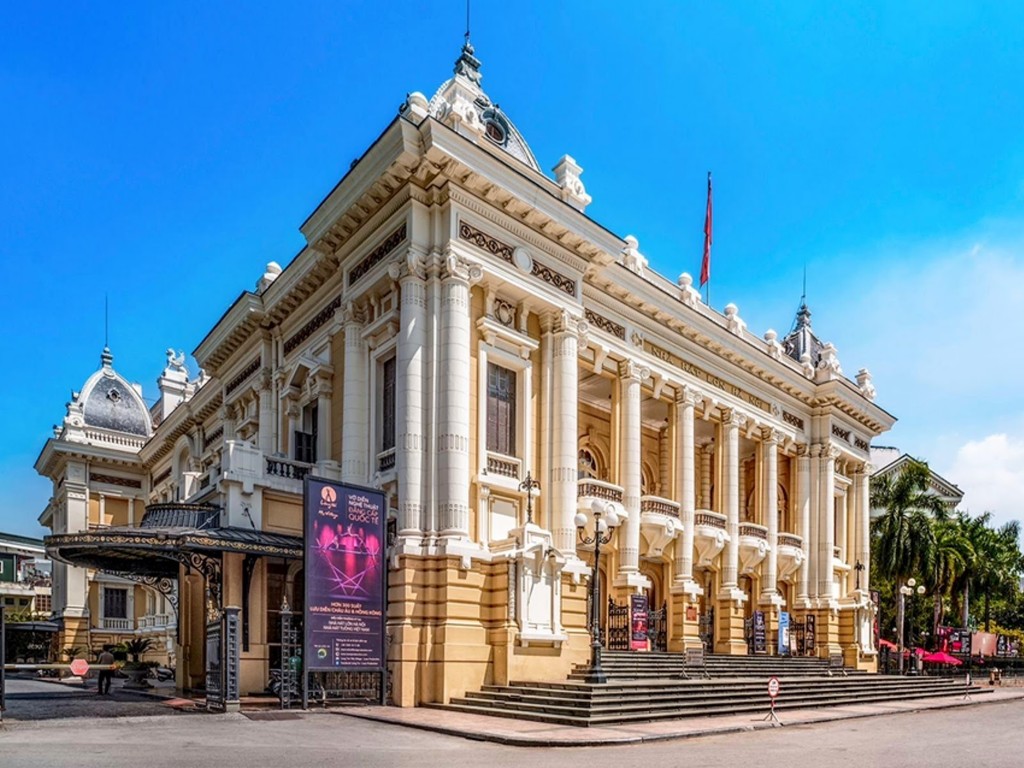
Hanoi Opera House (Source: Google Maps)
The Hanoi Opera House, built in 1911, is a stunning example of French colonial architecture, inspired by the Palais Garnier in Paris. This grand structure, with its elegant façade and intricate details, stands as a testament to the cultural and artistic significance of the city. The opera house hosts a variety of performances, including opera, ballet, and traditional Vietnamese music, making it a vibrant hub for the arts. Its interior is equally impressive, featuring a lavish auditorium adorned with chandeliers and plush seating. The building not only serves as a venue for artistic expression but also as a historical landmark that reflects Hanoi's colonial past and the city's evolution over time. Visitors can take guided tours to learn about its history, architecture, and the cultural events that have taken place within its walls.
Vietnam Women's Museum
This museum celebrates the vital role of women in Vietnam’s history and culture through engaging exhibits and stories.
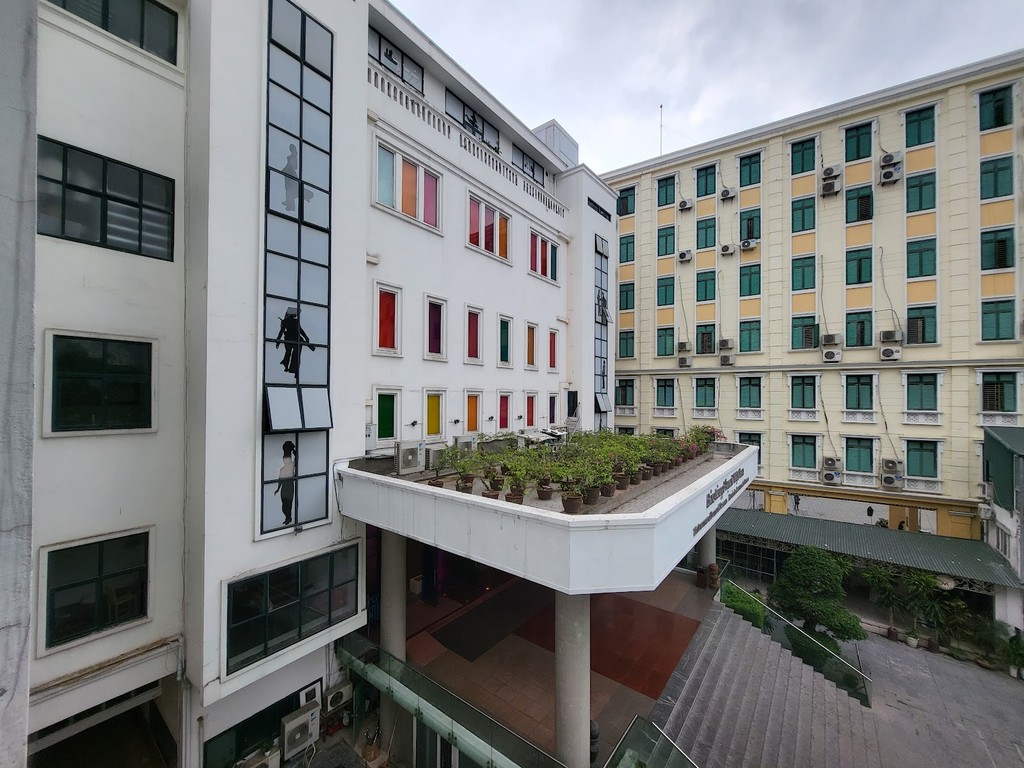
Vietnam Women's Museum (Source: Google Maps)
The Vietnam Women's Museum is dedicated to showcasing the significant roles women have played throughout the country's history and culture. Through engaging exhibits, the museum highlights women's contributions in various aspects, including politics, family life, and traditional crafts. It features artifacts, photographs, and personal stories that celebrate the resilience and strength of Vietnamese women, particularly during times of conflict and social change. The museum's design is modern and inviting, providing an educational experience for visitors of all ages. It serves as a platform for raising awareness about gender issues and promoting women's rights in Vietnam. A visit to this museum not only offers insight into the rich tapestry of Vietnamese culture but also emphasizes the importance of women in shaping the nation's identity.
St. Joseph's Cathedral
Just a short walk from the lake, this stunning neo-gothic cathedral is a testament to Hanoi's French colonial past.
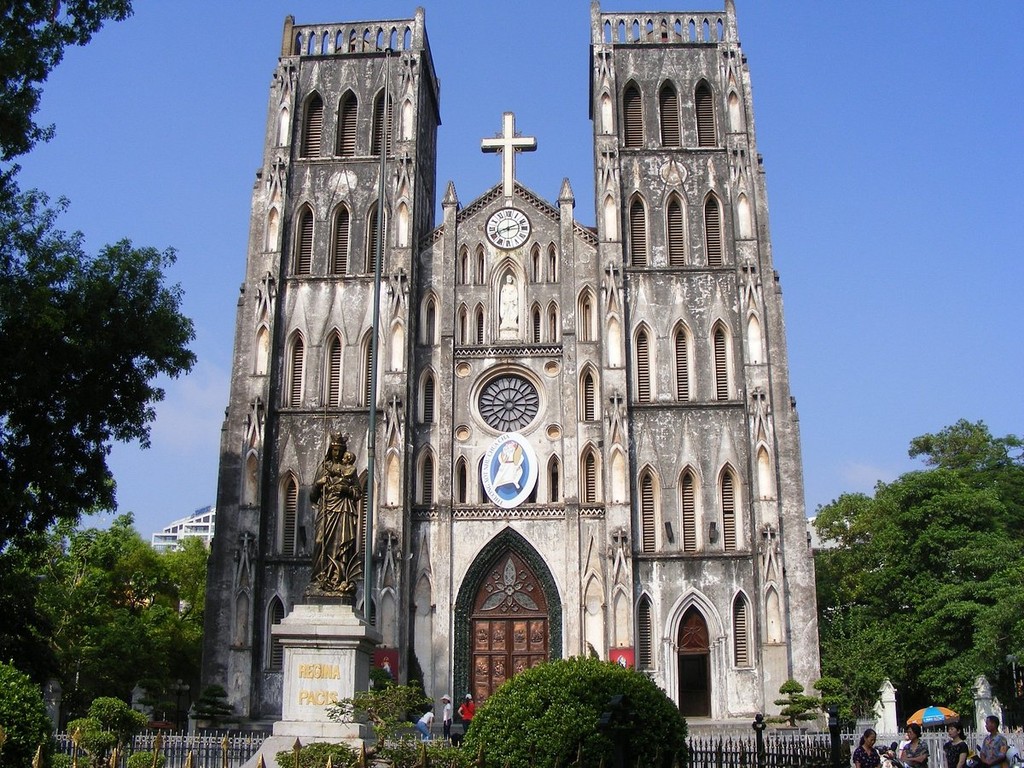
St. Joseph's Cathedral (Source: Google Maps)
St. Joseph's Cathedral, constructed between 1886 and 1888, is a magnificent neo-Gothic structure that stands as a symbol of Hanoi's French colonial heritage. The cathedral features stunning stained glass windows, a tall spire, and intricate stone carvings, making it a prominent landmark in the city. It is built on the site of a former pagoda, reflecting the blend of religious influences in Vietnam. The interior is equally breathtaking, with a spacious nave and beautiful altars that attract both worshippers and tourists. St. Joseph's Cathedral is not only a place of worship but also a cultural hub, often hosting concerts and community events. The surrounding area bustles with life, with cafes and shops nearby, making it a popular destination for those looking to experience the vibrant atmosphere of Hanoi.
Hoa Lo Prison Museum
Known as the 'Hanoi Hilton' during the Vietnam War, this museum provides an insightful look into Vietnam's tumultuous history.
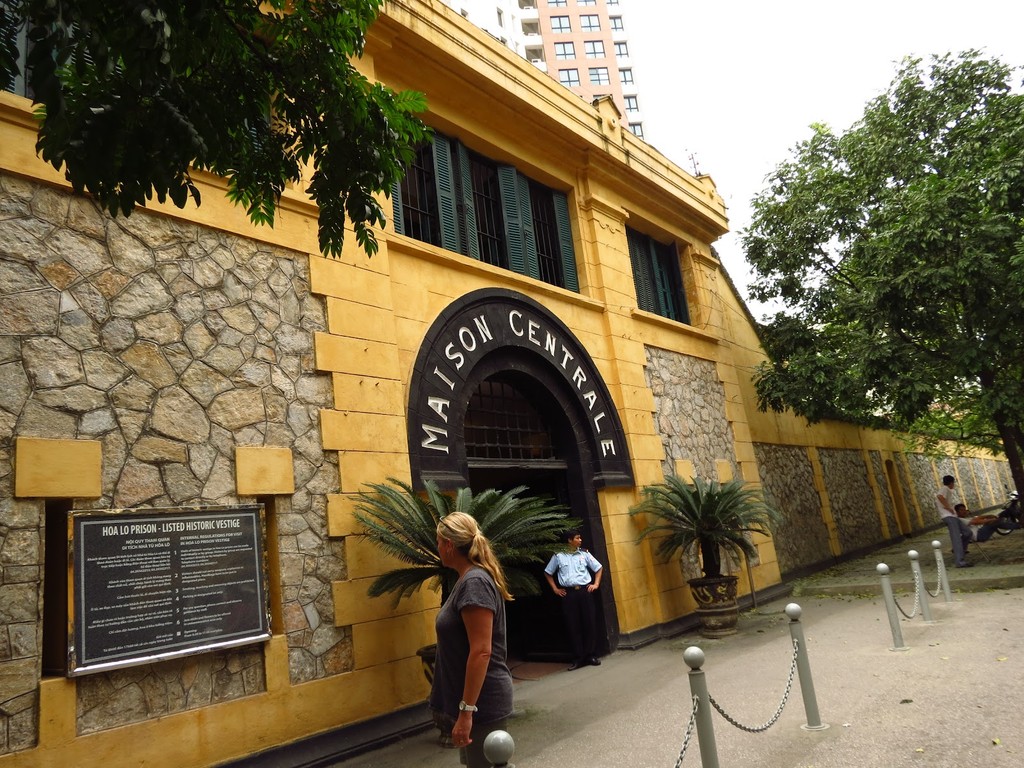
Hoa Lo Prison Museum (Source: Google Maps)
Known historically as the 'Hanoi Hilton,' Hoa Lo Prison Museum serves as a poignant reminder of Vietnam's tumultuous history, particularly during the Vietnam War. Originally built by the French colonial government in the late 19th century to detain Vietnamese political prisoners, the prison later became infamous for holding American POWs. The museum now features exhibits detailing the prison's history, including personal stories of prisoners, photographs, and artifacts from its operational days. Visitors can explore the remaining structures, including the gallows and the infamous solitary confinement cells, which provide insight into the harsh conditions endured by prisoners. The museum serves not only as a historical site but also as a place for reflection on the resilience of the Vietnamese people and the impact of war on their lives.
Temple of Literature (Văn Miếu Quốc Tử Giám)
As Vietnam's first national university, the Temple of Literature is a well-preserved example of traditional Vietnamese architecture.
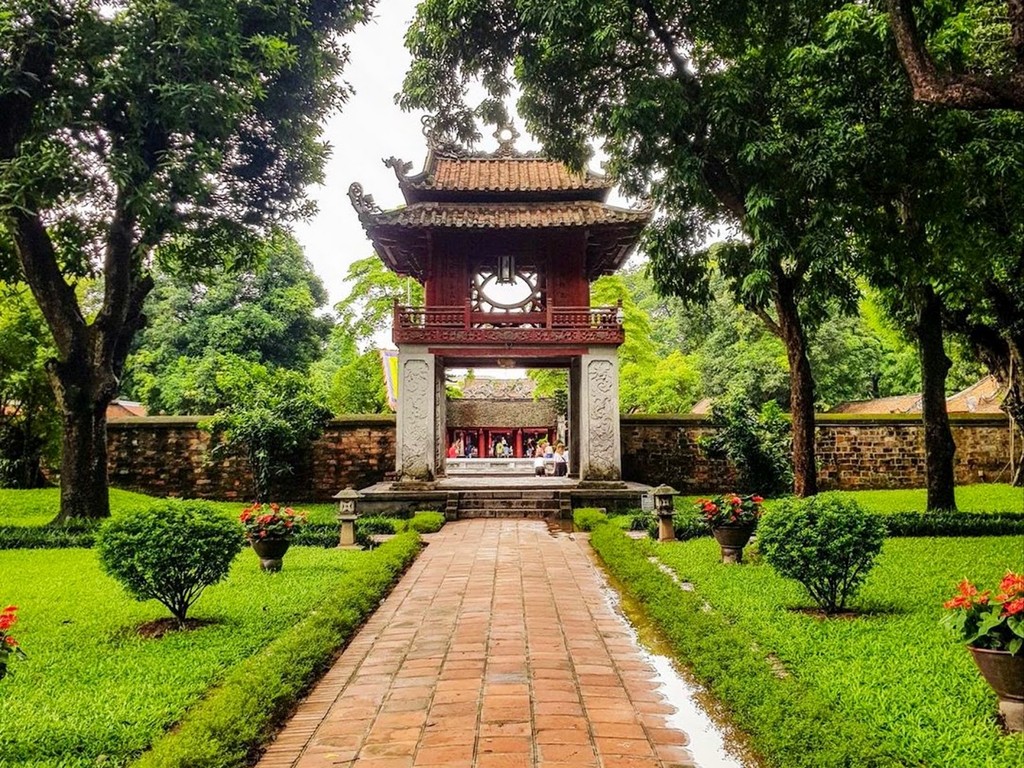
Temple of Literature (Văn Miếu Quốc Tử Giám) (Source: Google Maps)
Imperial Citadel of Thang Long
A UNESCO World Heritage Site, this ancient citadel offers a fascinating insight into the history and culture of Hanoi.
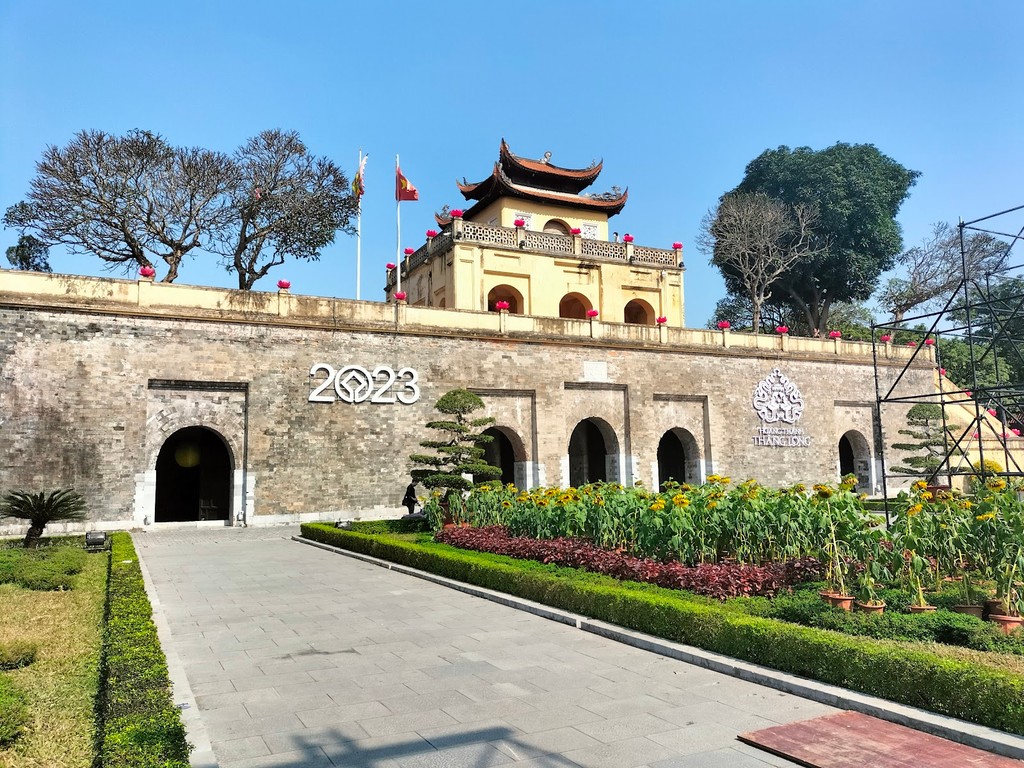
Imperial Citadel of Thang Long (Source: Google Maps)
The Imperial Citadel of Thang Long is a UNESCO World Heritage Site that showcases the rich history of Hanoi, dating back over a thousand years. It served as the political center of Vietnam for centuries, with various dynasties leaving their mark on its architecture and layout. The citadel features remnants of ancient walls, gates, and palaces that reflect the evolution of Vietnamese architecture from the Ly to the Nguyen dynasties. The site also includes the archaeological site of the Tran Dynasty, where artifacts such as ceramics and tools have been uncovered. The citadel is a symbol of national pride and resilience, representing the enduring spirit of the Vietnamese people throughout history. Visitors can explore the grounds, learn about the historical significance of the citadel, and appreciate the intricate details of its architectural heritage.
Quan Thanh Temple
Conclude your tour with Quan Thanh Temple, an ancient Taoist temple known for its impressive bronze statue of Tran Vu, the principal deity.
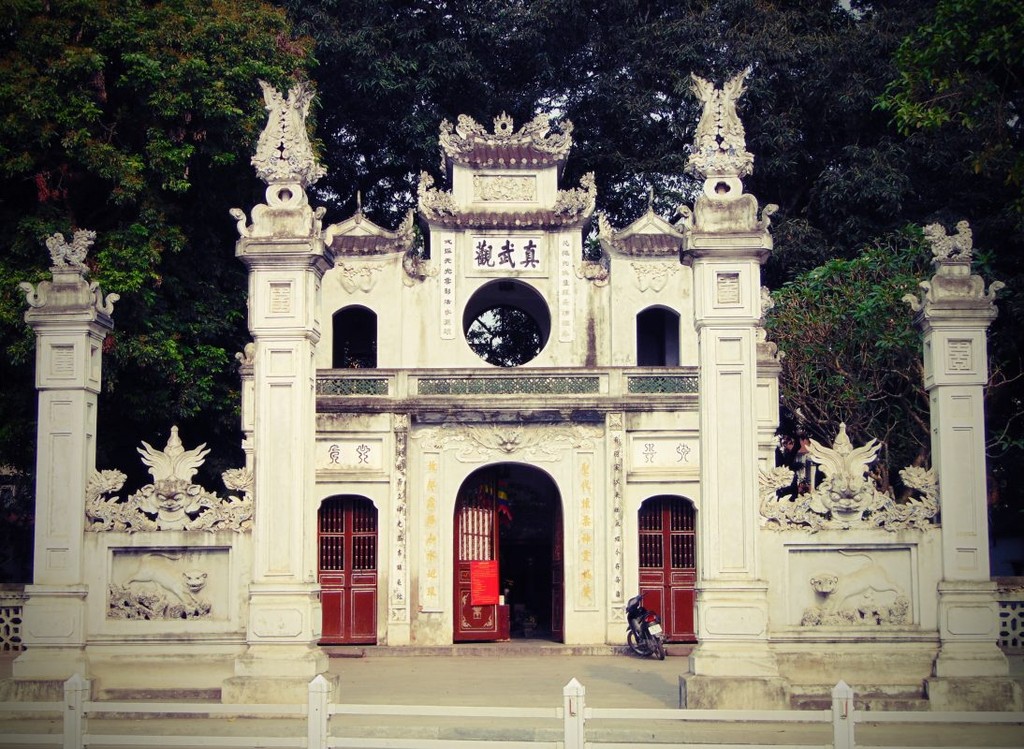
Quan Thanh Temple (Source: Google Maps)
Quan Thanh Temple, dedicated to Tran Vu, the principal deity in Taoism, is one of the oldest temples in Hanoi, dating back to the 11th century. The temple is renowned for its impressive bronze statue of Tran Vu, which stands at over 4 meters tall, symbolizing strength and protection. The architecture of the temple reflects traditional Vietnamese design, with a harmonious blend of wood and stone, adorned with intricate carvings and colorful decorations. Located near West Lake, the temple offers a serene atmosphere for visitors seeking spiritual solace. It is a popular destination for both locals and tourists, especially during festivals and religious ceremonies. Quan Thanh Temple not only serves as a place of worship but also as a cultural landmark, embodying the rich spiritual heritage of Vietnam and the significance of Taoism in the country’s history.

Your travels, your rules.
Create your own Free Walking Tours.
Set your preferences, distances and anything you want to do or see.
Completely free, no payment required.